Lightspeed Aviation’s Zulu 4 premium aviation headset brings new features to the Zulu series of aviation headsets with a focus on comfort, clarity, and flexibility. Many pilots are asking, “how does the Zulu 4 compare to the Bose® A30?”—Both the Zulu 4 and A30 are premium quality headsets, include industry-leading active noise reduction (ANR), and are designed to improve the flying experience. Which headset is best for you will rely in many ways on personal preference, but we’ve highlighted some key features to consider when comparing the two.
Redefined Comfort
Zulu 4 is redefining comfort for the Zulu series and aviation headsets with the introduction of FrameFit™ ear seals which accommodate use with sunglasses, hats, or other eye and headwear. The use of dual density foam with a softer high conformity foam around the top of the ear seal ensures better comfort, reduces fatigue, and maintains best possible performance in a variety of scenarios and on extended flights.
While the A30 boasts low clamping force and a slightly lighter on-head weight (14.2 oz. compared to the Zulu 4’s 14.6 oz.), overall comfort always depends in part on the wearer. The thinner ear seal, narrower ear cavity opening, and lack of dual-density ear seals will be noticeable for users of the A30 when wearing glasses or hats if those obstructions break the ANR seal, resulting in a warbling or de-pressurized annoyance. Lightspeed headsets have a circumaural (over-ear) design that completely surrounds the ear, offering superior sound isolation, higher fidelity, and better comfort.
Clarity in Comms
Zulu 4 has significant background noise reduction for outbound Bluetooth communications using AI-enhanced technology when making calls or recordings using a Bluetooth-connected device. This innovative feature eliminates up to 90% of the background noise that even the electret noise canceling microphones in the Zulu 4 and A30 still pick up in transmissions.
You can hear the difference for yourself in the recordings captured by Lightspeed Aviation in our AINR Test Comparisons. The improved outbound clarity means better intelligibility for tower communications with little to no back and forth from the tower when securing clearance, for example. It is as though there is no engine noise in the background at all.
Flexibility with Devices
Both the Zulu 4 and A30 offer the ability to connect to two Bluetooth devices at the same time. Using Multipoint Bluetooth allows for flexibility in the devices you bring with you, giving you the ability to seamlessly switch between a phone for calls to the tower and a tablet for notifications and alerts from your favorite aviation apps. In both headsets, switching between connected devices is as easy as pausing audio on one device and playing audio on the other.
Durability through Craftsmanship
The Zulu 4 maintains the elegant design of the Zulu 3 and is constructed almost entirely of stainless steel and magnesium with durable Kevlar core braided cables. Zulu 4 is designed to endure the harshest flying environments and provide years of use without compromising performance. Because of the Zulu 4’s durability and rugged construction, Lightspeed offers an industry-best 7-year limited warranty, compared to Bose’s 5-year warranty on the A30.
Evolution of the Zulu Series
Zulu 4 is the next evolution in the Zulu series and keeps the same premium features that made Zulu 3 a best-seller. You’ll get the same larger ear cups with 50% more space for your ears when compared to the A30. The same industry leading 7-year warranty of materials and workmanship, the BEST in the aviation industry. The Zulu 4 is available for $1,099 USD vs. $1,299 for the Bose A30. That gets you similar ANR performance and innovative new features that the A30 doesn’t have for $200 less.
You can also see what others have had to say in a number of first impressions of the Zulu 4 from aviation media outlets as well as a pilot’s take on the Zulu 4 vs. the Bose A30.

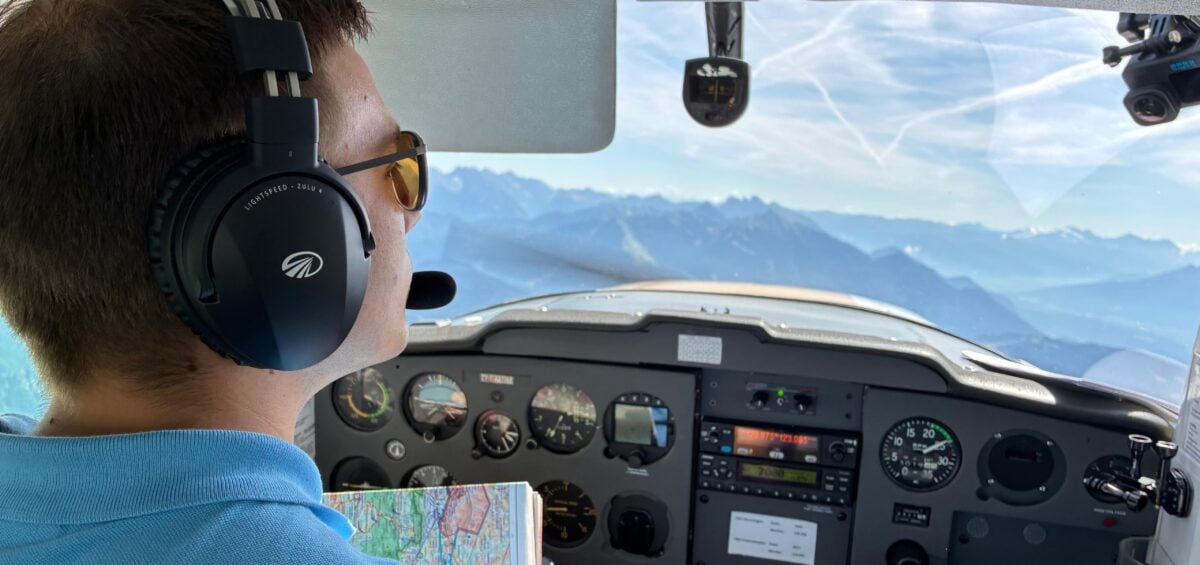
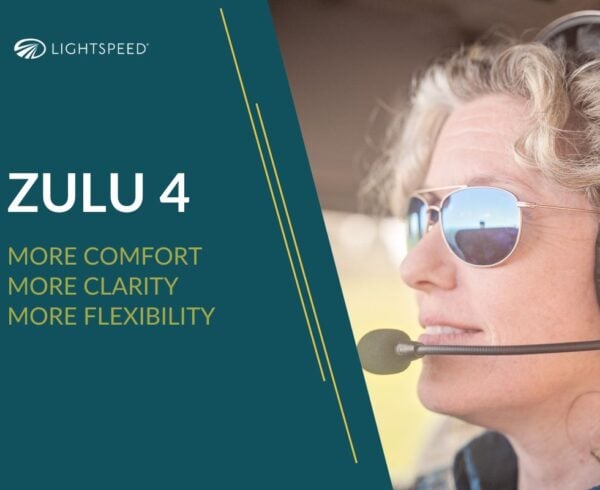
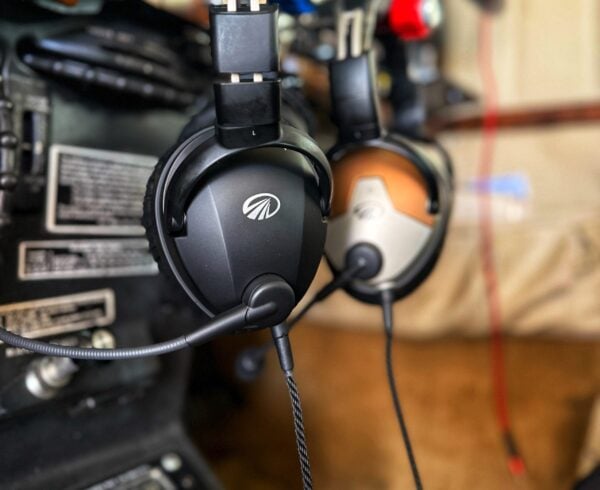
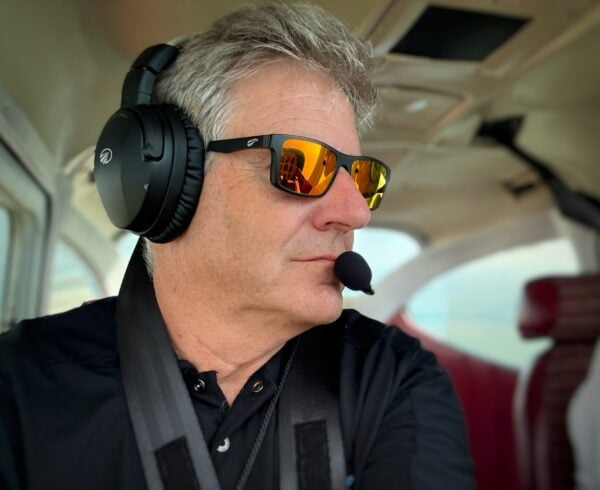









Leave a Comment